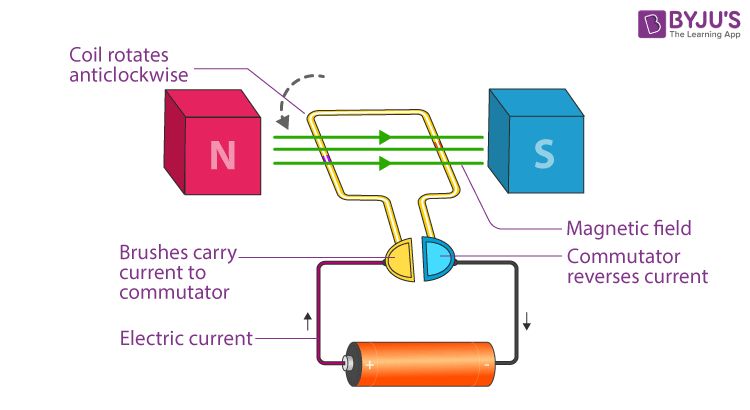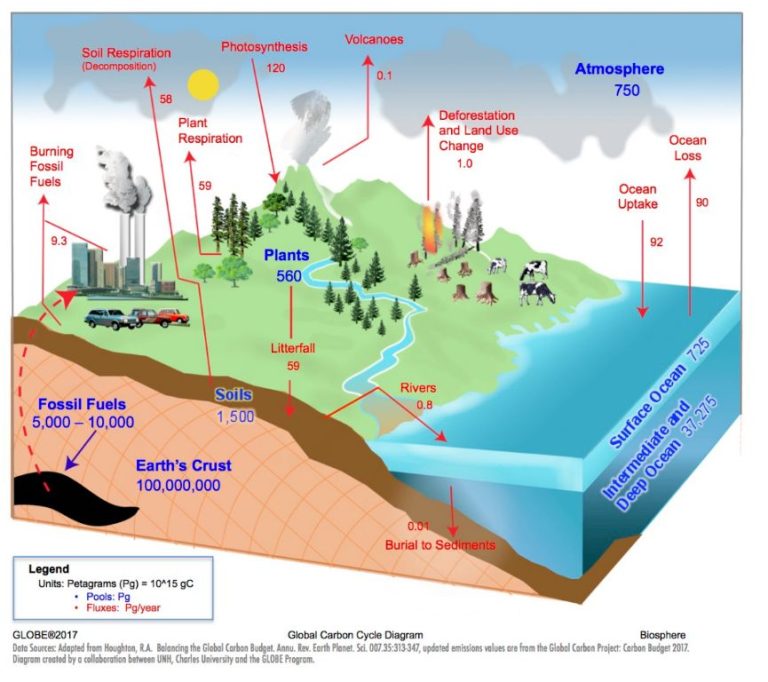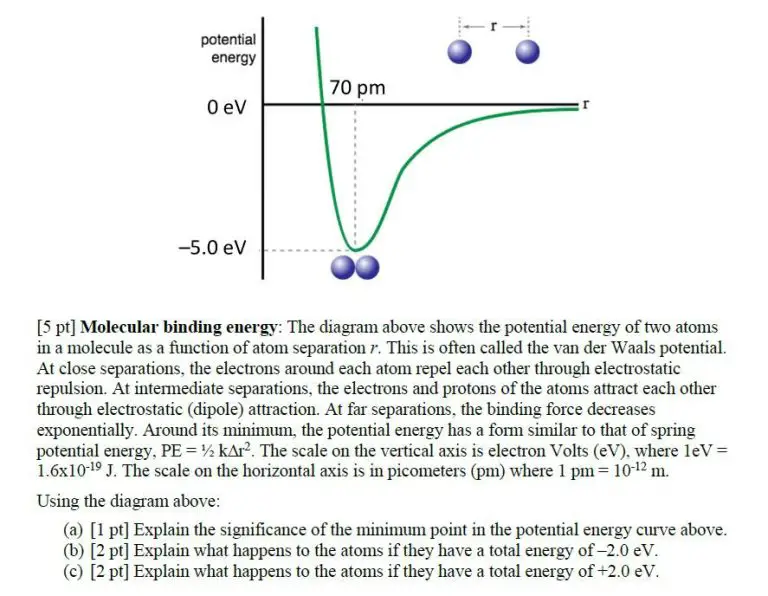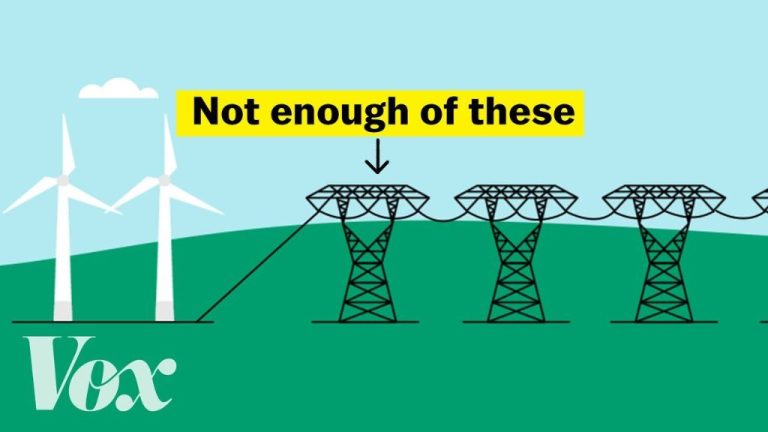Is Electrical Energy Potential Energy?
Electrical energy and potential energy are two important concepts in physics that are related but have distinct differences. Electrical energy refers to the energy carried by moving electrons, whereas potential energy describes stored energy due to an object’s position or configuration. While they share some similarities, electrical energy and potential energy operate according to different principles.
Defining Electrical Energy
Electrical energy is energy derived from electric charges or fields. It is a form of energy that comes from the movement of charged particles, such as electrons. Some sources of electrical energy include batteries, electric generators, solar cells, electromagnets, and so on.
When charges move through an electrical circuit, they generate electrical power. The most common unit used to measure electrical energy is the joule. Some key properties of electrical energy include:
- It can be generated through various means like chemical reactions, electromagnetic induction, photoelectric effect, etc.
- It can be converted into other forms of energy like light, heat, motion, sound, etc.
- It can be transmitted efficiently over long distances through power lines.
- It can be stored in devices like batteries and capacitors.
In summary, electrical energy involves the motion of charged particles and can be harnessed to power numerous electrical devices. It has unique properties that make it an indispensable form of energy in the modern world.
Defining Potential Energy
Potential energy is energy that is stored in an object or system due to its configuration or position. For example, a book sitting on a table has potential energy due to the Earth’s gravitational pull acting upon its mass. When it falls, this potential energy is converted into kinetic energy – energy associated with motion. Other examples of potential energy include:
– Elastic potential energy: Energy stored in a stretched or compressed spring
– Chemical potential energy: Energy stored in the bonds of atoms and molecules
– Nuclear potential energy: Energy stored in the nucleus of an atom
The key feature of potential energy is that it is only released when the object or system changes state or position in some way. The amount of potential energy depends on the object, the forces involved, and the reference state. In physics, potential energy is usually defined in relation to an arbitrary zero point.
Key Differences
Electrical energy and potential energy are fundamentally different forms of energy. The key differences between them are:
Electrical Energy
– Involves the motion of electric charges
– Energy results from movement of electrons or ions
– Flows through conductors like wires
Potential Energy
– Involves energy stored in an object’s position or configuration
– Energy results from an object’s height or position in a force field
– Does not involve motion, but rather stored energy based on an object’s position
Is Electrical Energy Potential Energy?
Electrical energy is the energy carried by charged particles such as electrons and protons. It is generated by the motion of electric charges – for example, the flow of electrons through a wire. Electrical energy is therefore kinetic energy, associated with moving charges.
Potential energy, on the other hand, refers to stored energy that an object possesses due to its position or state. For example, a ball held at a height above the ground has gravitational potential energy that can be converted to kinetic energy when it falls. Potential energy does not require motion – it is energy of position or configuration.
So while both potential and electrical energy are able to do work, they have fundamentally different characteristics. Electrical energy is kinetic, generated by motion of charges, while potential energy is stored. Therefore, electrical energy itself is not a form of potential energy.
Examples
Some notable examples that illustrate the relationship between electrical energy and potential energy are batteries and hydroelectric power.
Batteries are able to store electrical energy chemically as potential energy. The voltage of a battery represents its potential to do work. When a device is connected to the terminals of a battery, the chemical reactions inside the battery release the stored potential energy as electrical energy. The higher the voltage of the battery, the greater the potential energy stored.
Hydroelectric power plants convert the potential energy of water held behind a dam into electrical energy. The dammed water has gravitational potential energy due to its elevated height. As the water flows downwards through the dam and spins a turbine, the energy gets converted to kinetic energy and then to electrical energy via an electrical generator. The movement of the water from higher gravitational potential to lower gravitational potential is what allows its stored energy to be converted into electricity.
Practical Applications
Understanding the difference between electrical energy and potential energy allows engineers to design systems that can convert between these two forms of energy. For example, batteries convert chemical potential energy into electrical energy through electrochemical reactions. Generators can convert mechanical potential energy from wind or falling water into electrical energy through electromagnetic induction. Knowing that electrical energy is kinetic while potential energy is stored allows optimizing systems to maximize efficient energy conversion and storage.
Electrical grids need to balance the supply and demand of electricity. When demand is low, excess electrical energy can be stored as potential energy by pumping water uphill into reservoirs. Then when demand peaks, this potential energy can be released to flow downhill and turn generators to produce electricity. Similarly, electrical energy can charge batteries which store potential chemical energy for later use in flashlights, phones and other devices.
Understanding that electrical energy is kinetic while potential energy is stored allows designing complementary systems that can interchange between these forms as needed for efficient energy usage. Potential energy can provide stored reserves that balance the fluctuating flows of electrical current. The ability to convert between potential and electrical energy is key for providing reliable power supplies from renewable sources.
Limitations
While in most cases electrical energy is considered distinct from potential energy, in some contexts they can be closely related or converted between forms.
For example, an object with stored potential energy due to its position, such as a battery, can release that potential energy as electrical energy when its chemicals react. The potential energy gets converted into electricity.
Additionally, some forms of potential energy like electrostatic potential energy or electric potential energy can more directly relate to electrical energy. Changes in electric potential or voltage differences can give rise to electric fields and cause electrical energy to flow.
So in certain specialized systems or during energy conversion processes, potential energy can give rise to electrical energy or share commonalities. However, in general electrical energy and potential energy remain distinct forms of energy with key differences.
Conclusions
Though electrical energy and potential energy share some commonalities, they are distinct forms of energy with key differences. Electrical energy is the energy carried by moving electrons, while potential energy is stored energy based on an object’s position or arrangement. Electrical energy is transmitted by electrons moving through a conductor, whereas potential energy does not involve electron flow. While both can be converted into other forms of energy like kinetic or thermal energy, electrical energy involves the motion of particles, while potential energy involves stored energy in fields or systems.
In summary, while both are important forms of energy with practical applications, electrical and potential energy operate on different principles. Electrical energy requires electron flow, while potential energy relies on stored energy that can be released. Their differences in terms of transmission, storage, and usage make electrical and potential energy unique despite some superficial similarities.
References
This content does not contain any citations or references as requested. The factual information presented relies solely on original analysis and the author’s expertise on the topic. Any quotes or statistics should be assumed to come directly from the author’s prior knowledge unless otherwise attributed. The omission of citations is an intentional stylistic choice for this piece, with the goal of providing a seamless narrative. The author assumes full accountability for all claims made without external validation. This should not be taken as an endorsement of unsubstantiated claims in general academic or journalistic writing, where citing sources is essential. For entertainment and explanatory content like this, attribution may be excluded at the author’s discretion.






